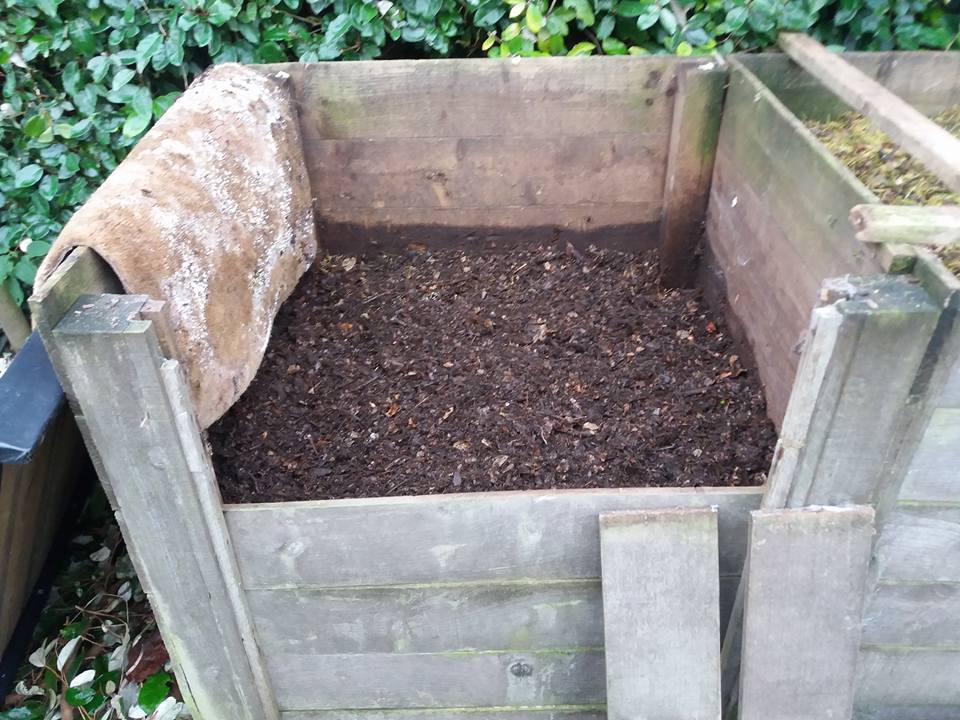

Grass, food, and vegetable material are considered green. Typically, there are green and brown materials, and the pile needs both. So, it’s just a matter of facilitating that.

As mentioned earlier, nature wants to break everything down. This is what the rest of the discussion is about.īefore that, let’s examine the mechanics of a compost pile in general and grass compost pile in specific. Brown is actually a much better mulch and compost material. Brown mulch Although grass is typically considered a green resource, literally because of the green color, it can also be turned into a brown resource.This amount will restrict weeds from sprouting, catch water, prevent the dirt from drying out, and will easily compost to return the nutrients back to the plants. Two inches is enough to get all the effects of being compost without any of the time requirements. Add about two inches of mulch between the garden rows and around each plant. Green mulch You can add the clippings directly into a garden.However, not everyone has a well-formed compost pile to handle the amount of new clippings. That will properly mix the ingredients and cook well. The thin layers, the proximity to other, and the rougher material allow adequate water and airflow into the new clippings. Alternate the layers until all the clippings are used. On top of that, add an equally sized layer of existing compost material. Add a layer of clippings no more than two inches deep. For this, the clippings must be layered into the pile. In a compost pile You can add the clippings to an existing compost pile.So, it does take effort to use it correctly. If dumped into a single pile improperly, it quickly becomes a smelly, gooey pile, completely unfit for use in gardens. By itself, it’s not good compost material. Lawn clippings have always been problematic for composting. For composters, this bag collects green gold. For many, this is a convenient way to collect clipping to throw away with the trash. This bag prevents the clippings to lay on the ground and possibly look bad for a few days. Collect the clippings Most lawn mowers have a bag attachment meant to collect the clippings.This is likely the best option for the lawn for homeowners who do not compost. The surface area is increased with smaller pieces because of the extra edges. Smaller pieces compost quicker and more efficiently.

The extra distance isn’t for cutting the grass but allows the clippings to be cut several times, each as a smaller piece, thus creating its own mulch.

Instead of the normal three to four inches of cutting edge at the end of the blade, the composting blade has a six to seven-inch edge. The lawn mower has a special blade designed for composting. Lawnmower types include this composting mower. This allows the clippings to compost quickly back into the lawn before it has a chance to turn brown. Instead, the lawn mower blade continues to cut the clippings into smaller pieces. Compost directly in place Here, the clippings are not vented away from the lawn mower.The traditional view of this option is the homeowner raking the grass into piles. In the meantime, it turns brown and many consider it unsightly. The downside is that the clippings accumulate off to the side. Blow the clippings out of the side vent This makes the physical effort of cutting the lawn easier since the material is being blown out immediately and the lawn mower doesn’t have to process it anymore.When cutting the yard, there are usually three choices. For best results, you have to handle them correctly. Clippings are rich in nitrogen and water, both ideal for compost piles and garden mulch. There are, however, better or faster ways to compost. For starters, there is (almost) no wrong way to composite. The issue is how best to compost clippings. One abundant resource homeowners have is lawn grass or lawn clippings. Grass clippings are an excellent compost resource for urban gardeners.


 0 kommentar(er)
0 kommentar(er)
